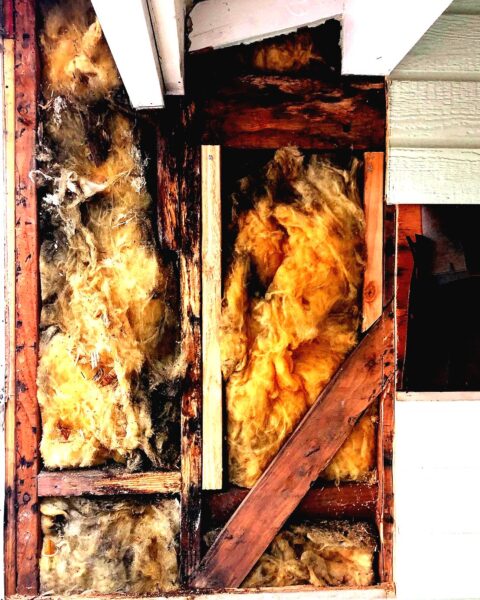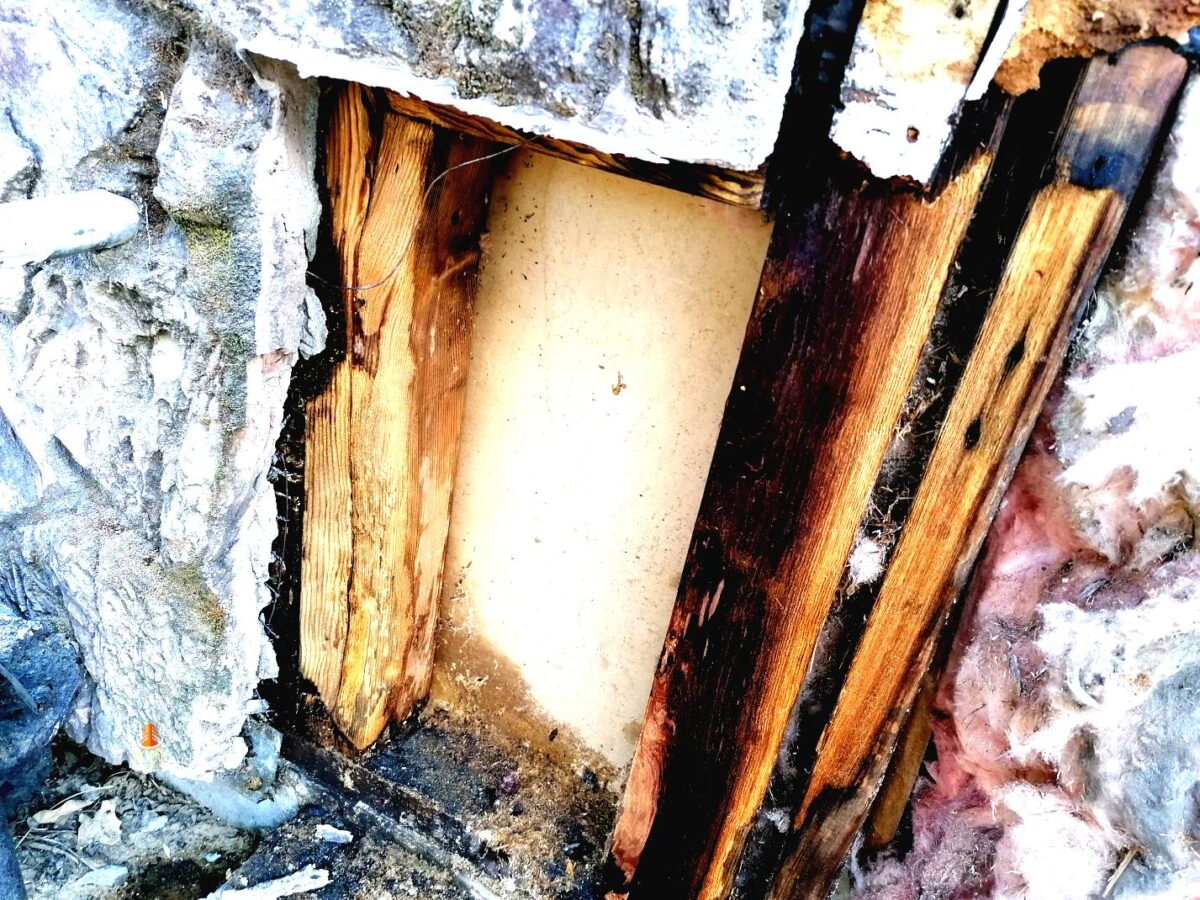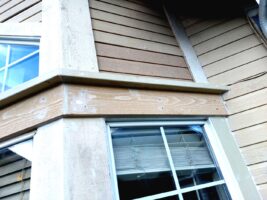Framing Damage and Siding Repairs
Whether it’s cracked, rotted, or the victim of a woodpecker’s bill, a damaged strip of wood siding is an open invitation for water to leak in and wreak havoc on the house. So when a piece needs fixing, it’s a task that merits a big red flag on the “To do” list.
Choosing Nails and Siding
Matching Up
The clapboard you use for a patch should blend in seamlessly with your existing siding. Here’s how to make sure you have a patch that’s a perfect match before you begin.
- Sizing: Measure the butt-edge thickness and the widths of the exposed faces of a few courses on the wall. Add an inch to the face width to account for the overlap of the piece above. (These measurements will be slightly smaller than the “nominal” dimensions that lumberyards and home centers use. If you’re not sure what size you need, ask the store to translate your measurements.
- Texture: A rustic, rough-faced clapboard will look out of place in a field of smooth siding, or vice versa. Fortunately, most boards are smooth on one side and rough on the other.
The Nail You Need
While there are many varieties of clapboard to choose from, only one kind of nail will do: a stainless steel ring-shank nail for siding. Stainless steel doesn’t rust or stain the paint or leave black streaks on the wood, and the rings on the shank act like barbs, gripping the sides of the hole to prevent the nail from popping out.















